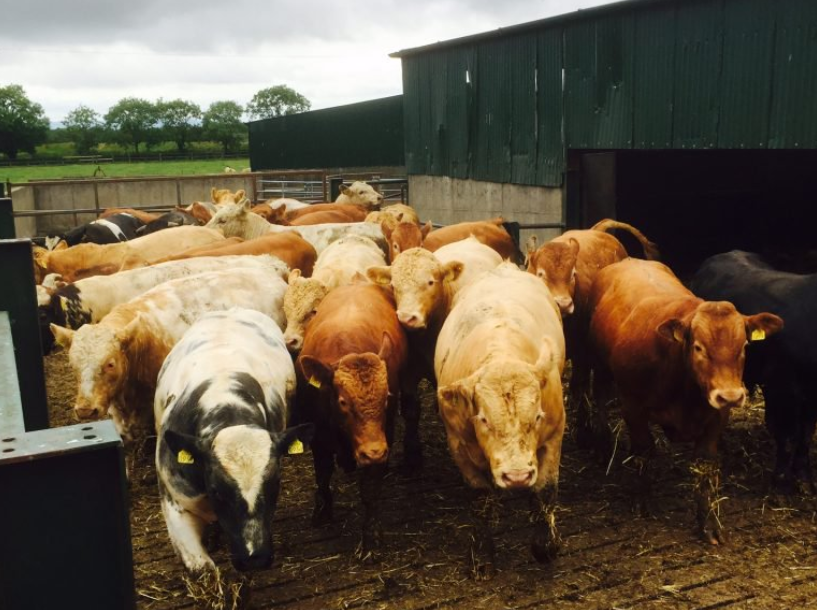The BullBeef research project carried out at Teagasc, Grange, Co. Meath has investigated pasture-based production systems for suckler-bred male cattle from early-maturing (Aberdeen Angus and Hereford) and late-maturing (Charolais, Limousin and Simmental) beef breeds.
Recent findings from this research showed that carcasses from spring-born, suckler-bred, early-maturing breeds – finished from pasture at 19 months – were lighter, fatter and had poorer conformation compared to the late-maturing breeds.
Both early and late-maturing bulls had: a greater average daily gain (ADG); live weight; better kill-out proportion; a heavier carcass; better carcass conformation; and a lower carcass fat score compared to early and late-maturing steers.
Early-maturing steers were adequately finished to factory specifications at 19-20 months-of-age from pasture only.
On the other hand, only in some experiments – carried out during the project – were late-maturing steers adequately finished to factory specifications from pasture only.
It was suggested that this inconsistency – for late-maturing steers – across experiments was likely due to variable weather-related grazing conditions which had an adverse effect on animal intake and performance.
Concentrate supplementation at grass
No concentrate supplementation at pasture was required to adequately finish early-maturing steers at 19-20 months-of-age.
Carcasses of early-maturing bulls slaughtered at 19 months-of-age – from pasture – were light, but adequately finished off grass in the latter half of the grazing season; with or without concentrate supplementation at 4kg/head/day for 95 days.
A possible strategy for finishing late-maturing steers from grass at 19-20 months is to introduce supplementary concentrate during the latter half of the grazing season at a rate of 4-5kg/head/day for 75-95 days.
In contrast, late-maturing bulls were adequately finished at 19 months-of-age from grass, but required supplementation with concentrates at a rate 4-5kg/head/day for 95 days.
Therefore, late-maturing steer and bull carcasses were only adequately finished when supplemented at pasture with concentrates.
Under 16 month bulls
Carcasses of both early and late-maturing suckler bulls were inadequately finished from pasture, with or without concentrate supplementation.
Therefore, spring-born, early and late-maturing suckler bulls produced from pasture under 16 months-of-age are unlikely to meet market-specific requirements in terms of carcass fat cover.


